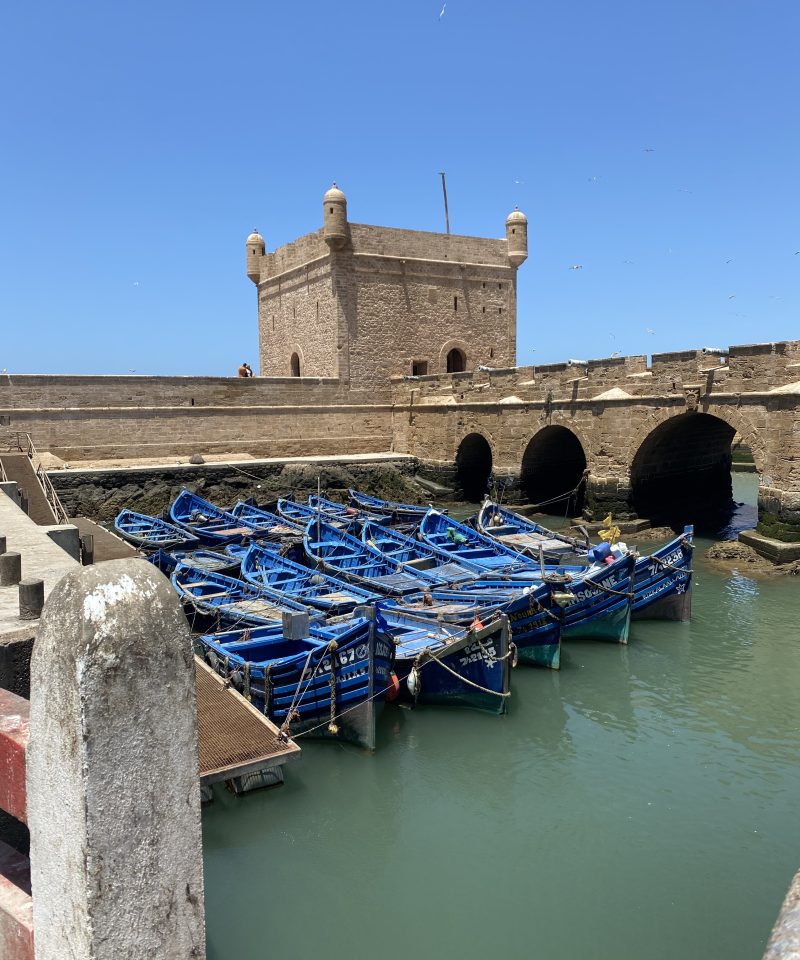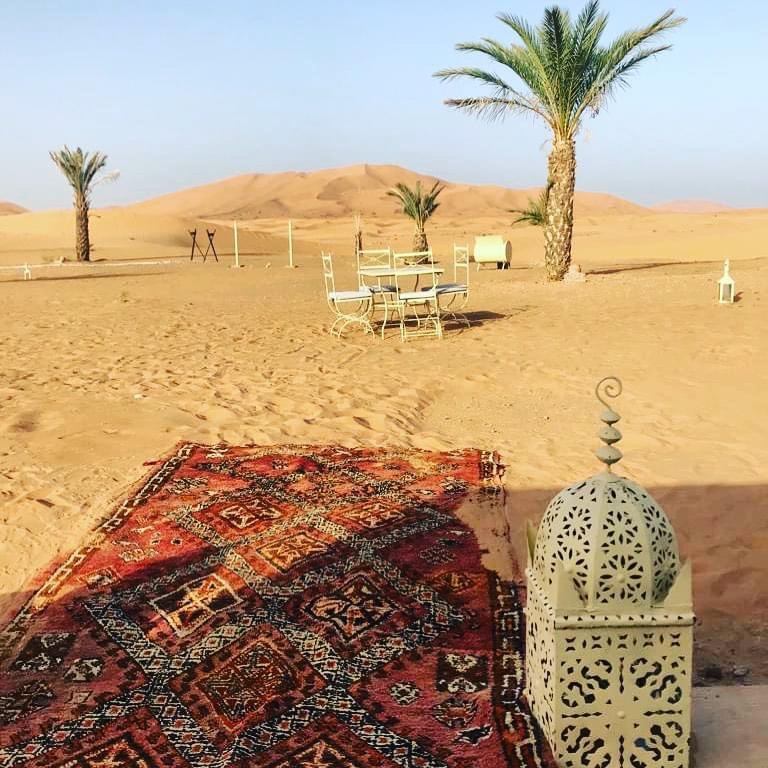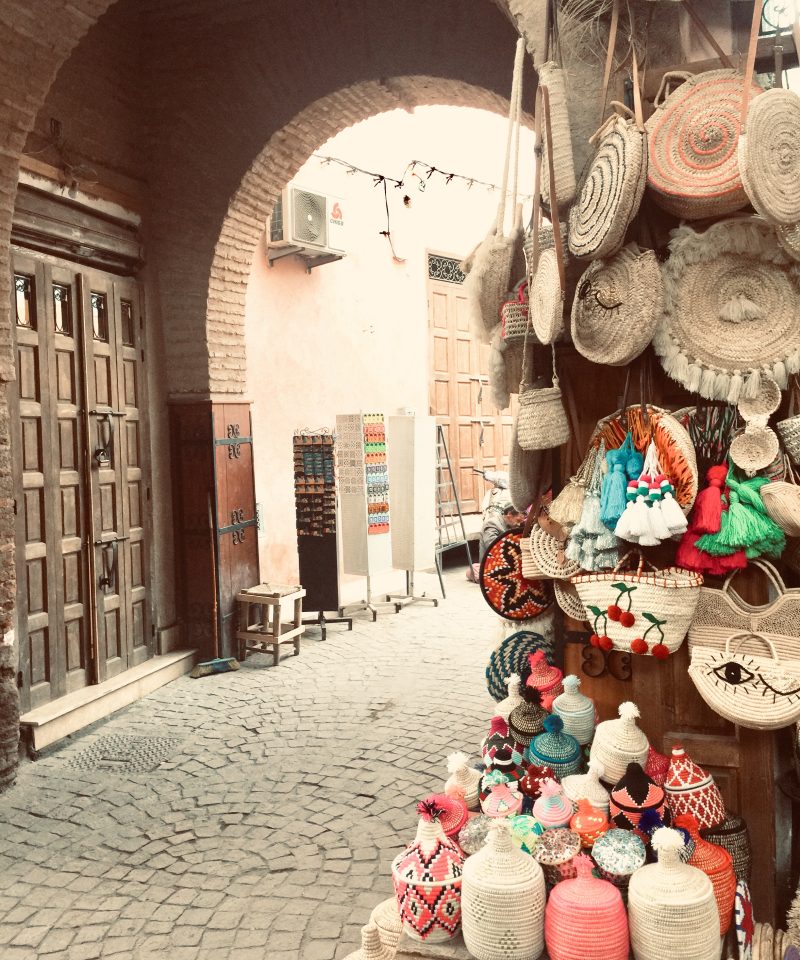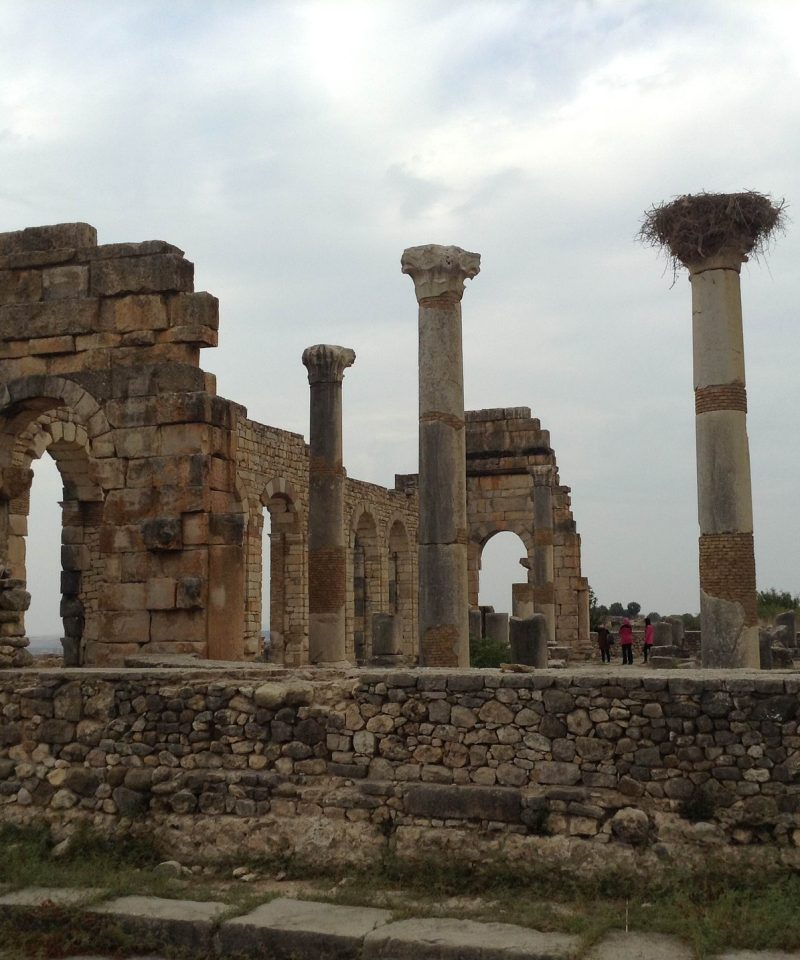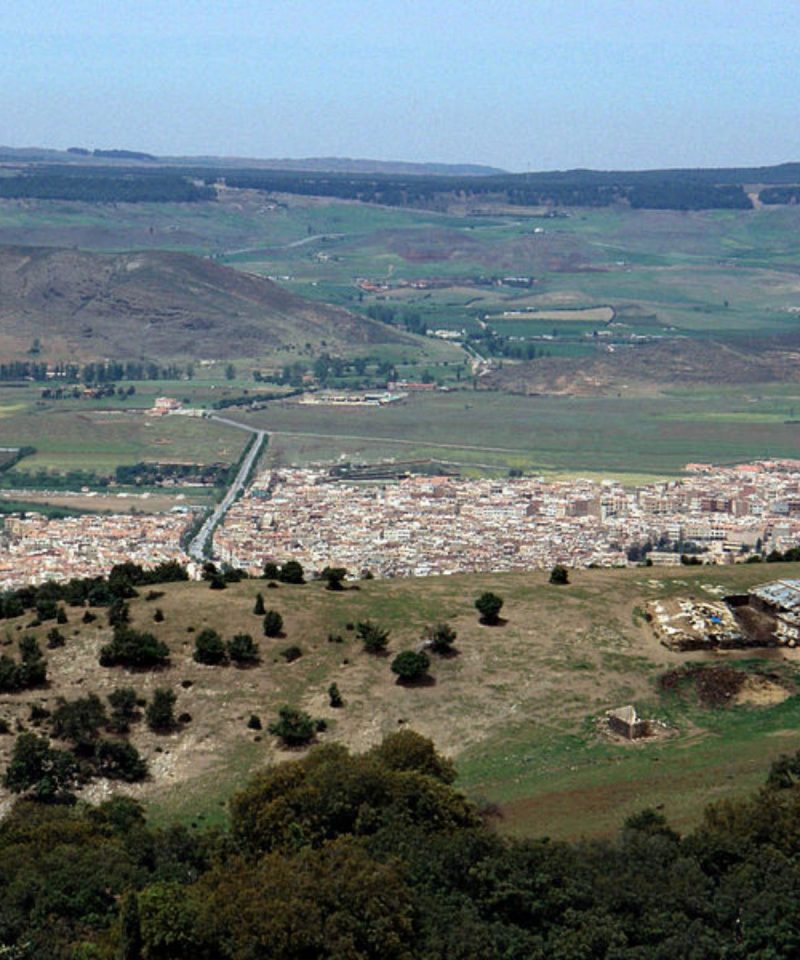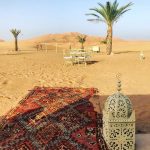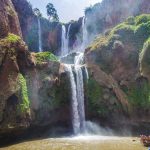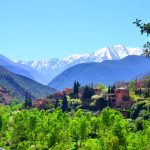The Middle Atlas (Amazigh: ⴰⵟⵍⴰⵙ ⴰⵏⴰⵎⵎⴰⵙ, Atlas Anammas, Arabic: الأطلس المتوسط, al-Aṭlas al-Mutawassiṭ) is a mountain range in Morocco. It is part of the Atlas mountain range, a mountainous region with more than 100,000 km, 15 percent of its landmass, rising above 2,000 metres. The Middle Atlas is the northernmost and second highest of three main Atlas Mountains chains of Morocco. To south, separated by the Moulouya and Um Er-Rbiâ rivers, lies the High Atlas. The Middle Atlas form the westernmost end of a large plateaued basin extending eastward into Algeria, also bounded by the Tell Atlas to the north and the Saharan Atlas to the south, both lying largely in Algeria. North of the Middle Atlas and separated by the Sebou River, lie the Rif mountains which are an extension of the Baetic System, which includes the Sierra Nevada in the south of Spain. The basin of the Sebou is not only the primary transportation route between Atlantic Morocco and Mediterranean Morocco but is an area, watered by the Middle Atlas range, that constitutes the principal agricultural region of the country.
The Barbary macaque is native to the Middle Atlas, and chief populations occur only in restricted range in parts of Morocco and Algeria. Snow persists in the Middle Atlas in the winter and can appear starting at 600 m above sea level.
Geography and ecology
The Middle Atlas provinces cover 23,000 km in area, and comprise 18% of the total mountainous surface of Morocco. The provinces of Khènifra, Ifrane, Boulmane, Sefrou, Khemisset, El Hajeb as well as parts of the provinces of Taza and of Beni Mellal lie in the Middle Atlas region. Béni Mellal on the Oum Er-Rbia River is designated “the doorway to the Middle Atlas”.
The Middle Atlas is a solid mountainous mass of 350 km in length in the north-east of Morocco with a unique charm. Its biodiversity, both in fauna and flora, make Middle Atlas a significant tourist destination. The region is noted for occurrence of the endangered primate, Barbary macaque, Macaca sylvanus; this monkey prehistorically had a much wider distribution throughout northern Morocco. Wild boar and polecat are also found within the Middle Atlas Range.
Its geo-morphologic structure is:
Primarily limestone.
Tabled rock in the west, running to elevations of 800 to 1,000 metres.
Folded rock toward the northeast and running to elevations exceeding 3000 m, with a highest point, the Jbel Bou Naceur at 3340 m.
Interspersed with volcanic plateaus.
